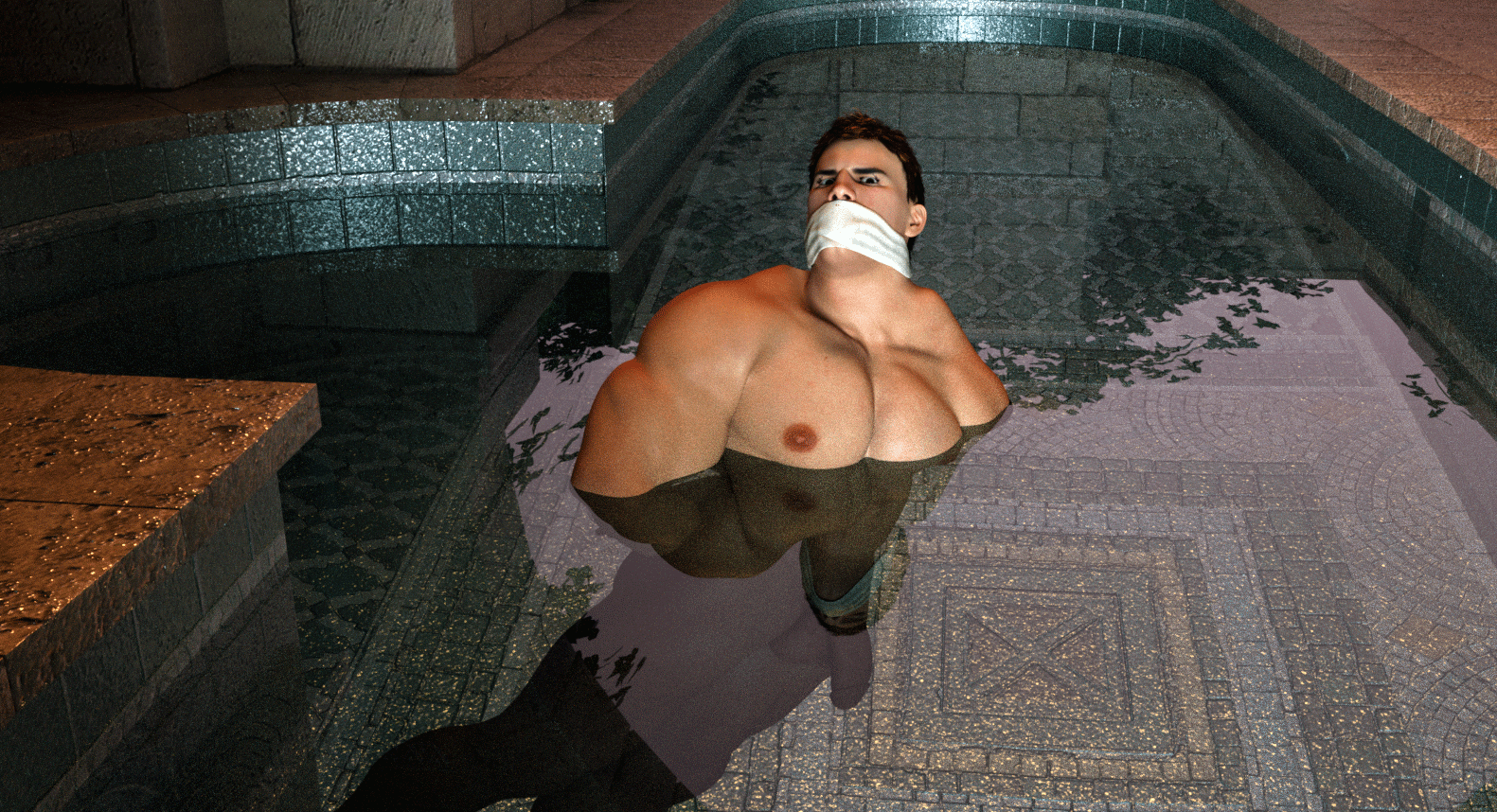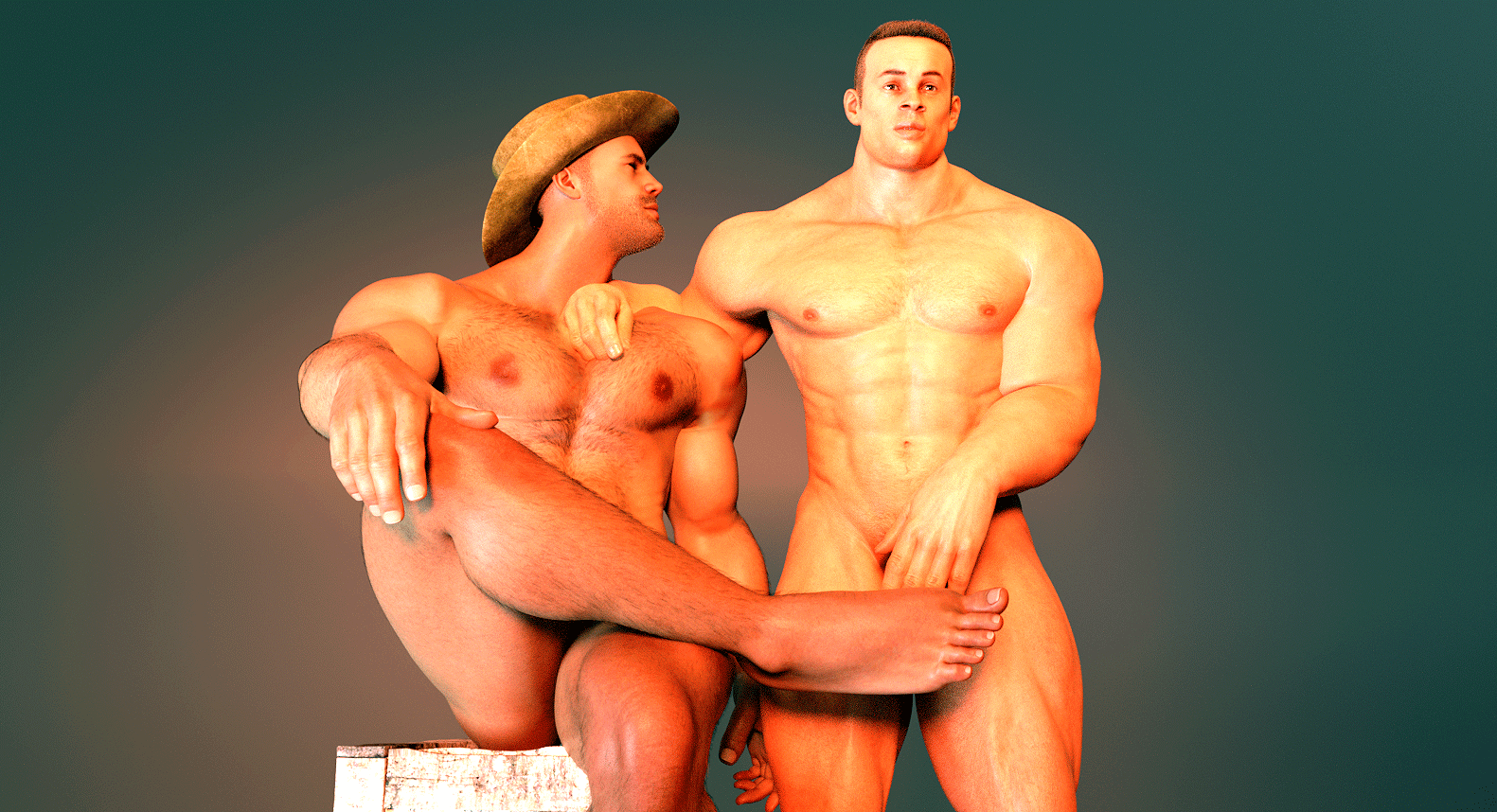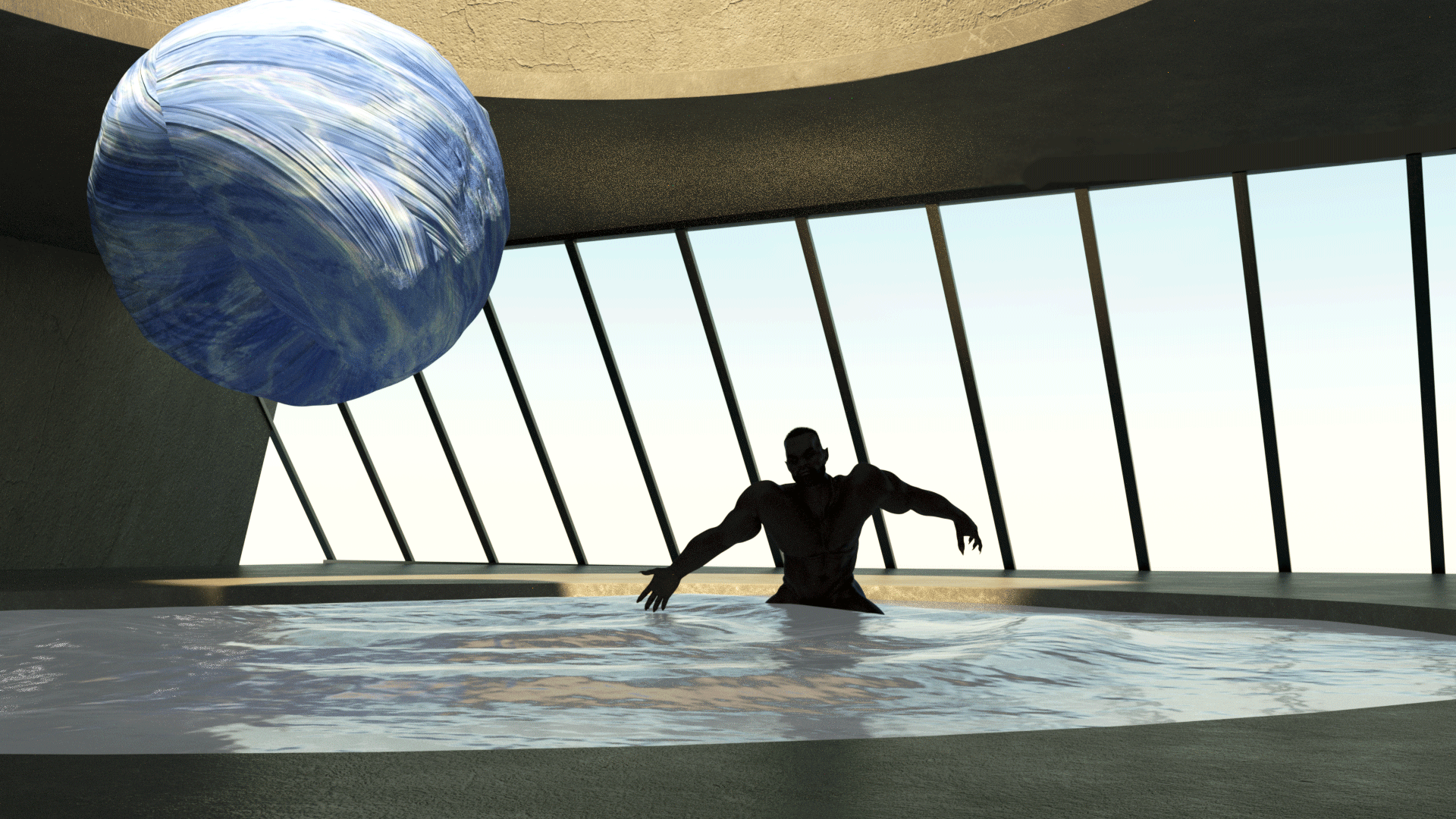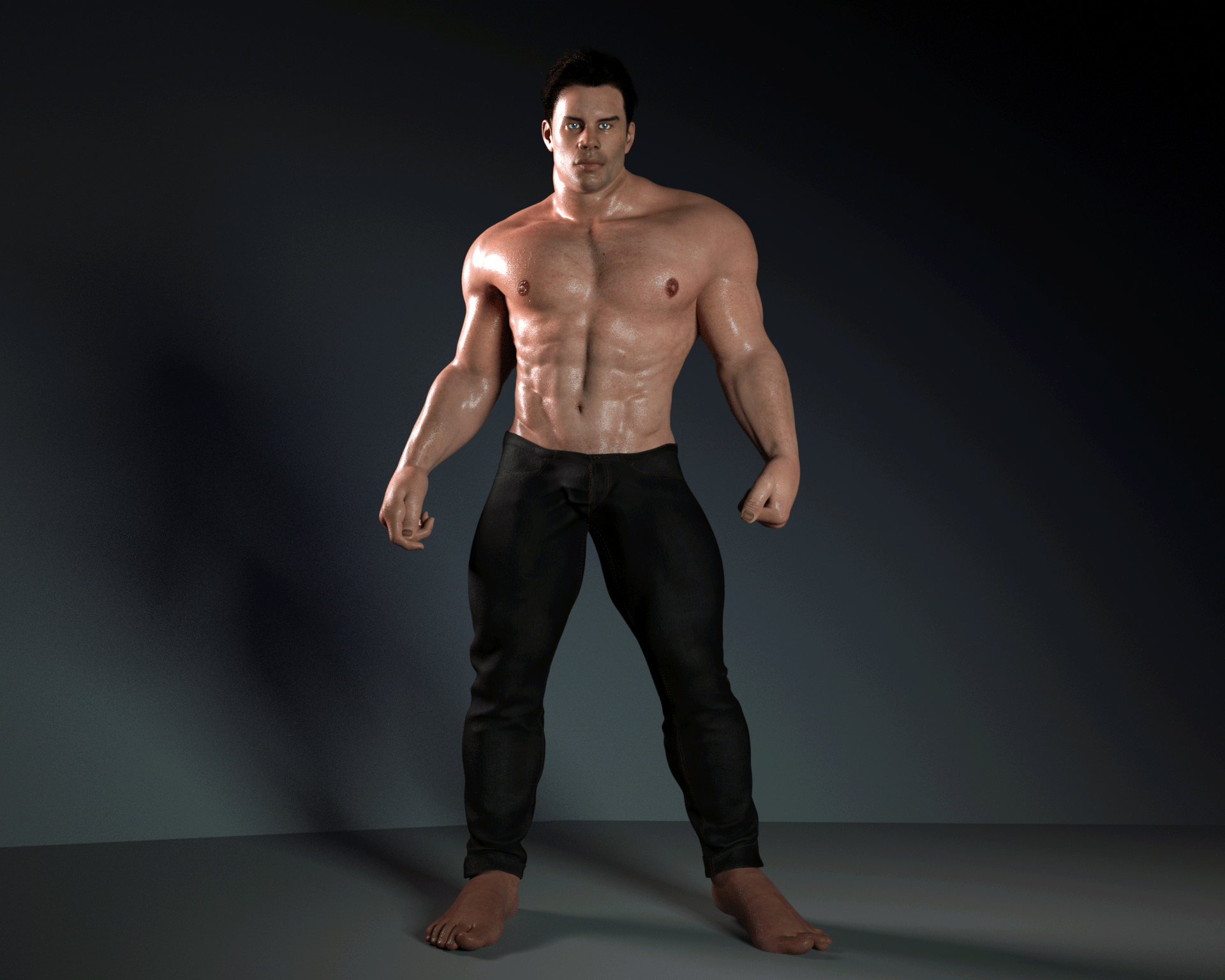To create visually stunning images, lighting and rendering techniques are crucial. Different lighting setups can be used to create different moods and atmospheres.

For example, a soft, diffused light may be used to create a gentle, introspective mood, while harsher, more directional lighting and reflected light are frequently used to create a more dramatic and intense image.
When it comes to rendering, realistic skin and hair textures can be created using specialized tools commonly available today. These textures can be applied to the model, creating a realistic and believable image.

Sophisticated rendering engines are used to create stunning, photorealistic images.
With the right lighting and rendering techniques, 3D images of male human figures can be used for a variety of purposes. Advertisers can use these images to showcase products, while art installations can use them to explore themes related to masculinity or the human form.

Whatever the purpose, skillful use of 3D modelling software can produce visually stunning images that captivate, inspire, and engage.
